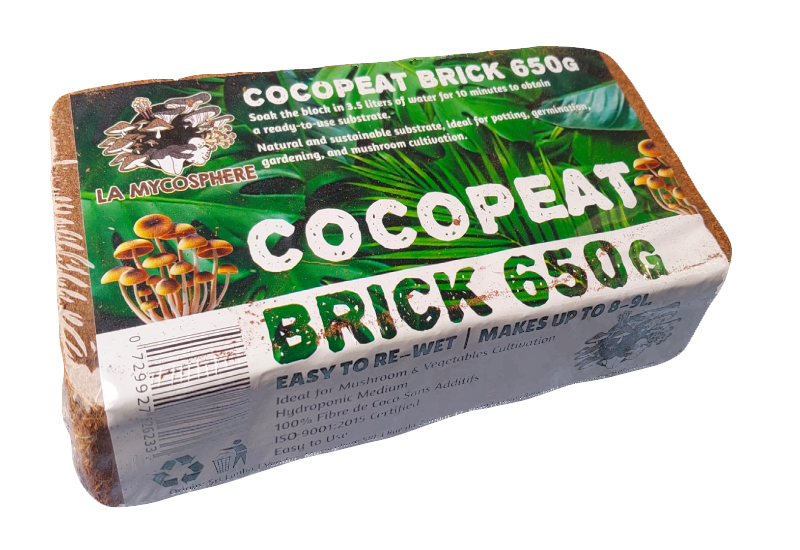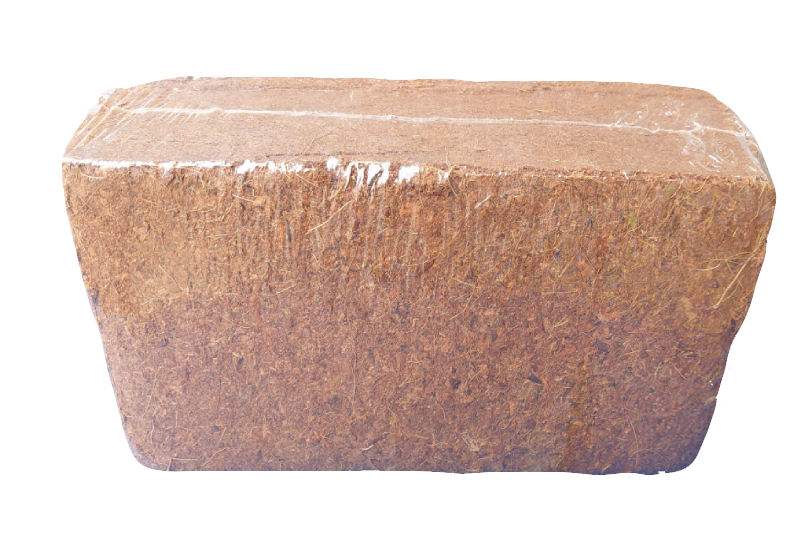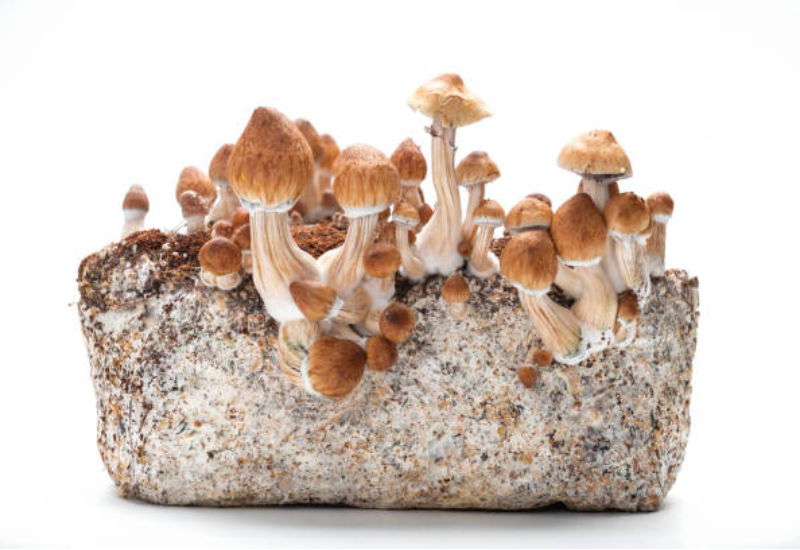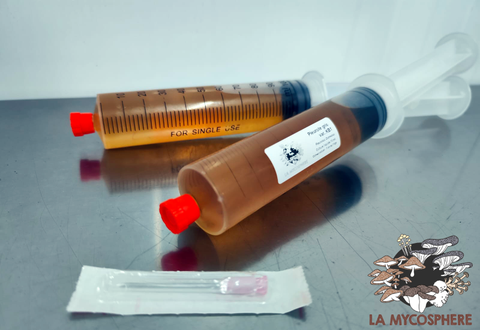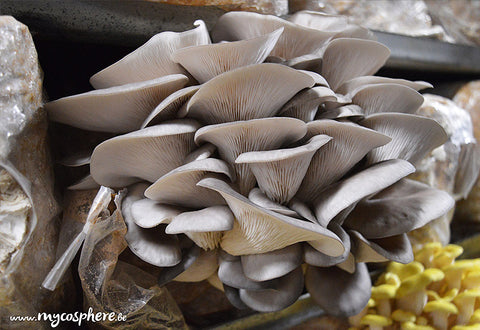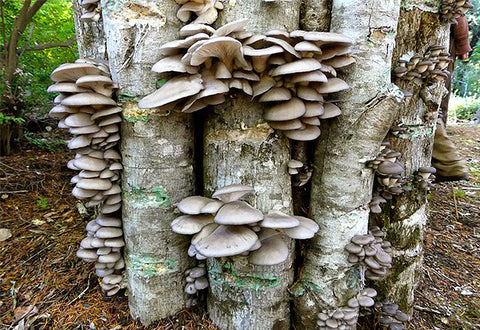Compressed Coconut Fiber Block
🌱 Compressed coconut fiber block – Ideal substrate for mushroom cultivation:
- ✔️ 100% natural product – ISO 9001:2015 certified
- 💧 Rehydrates with 3.5 L of water to produce 8 to 9 L of ready-to-use substrate
- 🍄 Perfect for preparing CVG substrate (Coco – Vermiculite – Gypsum)
- 🔥 Compatible with home pasteurization techniques (monotub, bucket tek)
Coco coir is a versatile substrate used by mushroom growers as a base for CVG substrate (Coco – Vermiculite – Gypsum), notably for the cultivation of exotic and gourmet mushrooms such as:
-
Psilocybe cubensis (for mycological research purposes only)
-
Pleurotus ostreatus (oyster mushroom)
-
Cyclocybe aegerita (piopino)
-
Hericium erinaceus (lion’s mane)
It is also used:
-
in horticulture as an alternative to peat for seedlings, cuttings, or soilless cultures
-
in exotic plant repotting or aquaponics (with or without amendments)
-
such as natural bedding for reptiles or insects, thanks to its moisture retention capacity
Our coco coir block (or coco peat) is made from coconut shells sourced from sustainable agriculture. A 100% renewable and biodegradable resource, it is guaranteed free of chemical additives. Its fibrous and homogeneous texture creates an ideal environment for grain spawn development.
Coconut fibers naturally contain traces of magnesium and calcium, which support optimal mushroom growth.
✔️ Superior quality – ISO 9001:2015 certified: We select coconut fiber blocks from certified manufacturers ISO 9001:2015, a guarantee of rigorous quality control, a consistency in products and a commitment to continuous improvement. This way, you benefit from a reliable substrate, meeting international quality standards.
💡 Advantages of coco coir: Naturally mold-resistant, coco coir is an airy, lightweight substrate, easy to store and prepare. It retains moisture optimally, promoting rapid colonization.
📦 Contents: a compressed block of ±650g producing 8 to 9 liters of substrate once rehydrated with 3.5 liters of water.

Example of mushroom cultivation on CVG substrates.
🛠️ Usage
For a balanced CVG substrate, follow this recipe:
- 1 block of coco coir (650g)
- 8 cups of dry vermiculite (300g)
- 1 cup of gypsum (100g)
- 16 cups (3 to 3.5 L) of boiling water (99°C for pasteurization)
Place the ingredients in a bucket, pour boiling water, seal tightly, and let rest. You can also cover the bucket with a blanket to extend the pasteurization time. Work in a clean area. After 6 to 8 hours of cooling, mix vigorously to homogenize.
The substrate must be at "field capacity": when squeezing a handful, it should hold together and release only a few drops of water. Wash your hands thoroughly with soap before touching the substrate.

Mix of a hydrated coco coir-based substrate, gypsum, and grains before sterilization.
🍄 Recommended inoculation
Use a ratio of 1:4:
→ 1 part grain spawn for 4 parts substrate.
Richer ratios (1:3 or 1:2) are possible but increase costs without significant gain for most species.

Mushroom cultivation on CVG substrates.
Use in casing
The casing is a thin protective layer applied on a substrate fully colonized by the mycelium. Unlike the substrate, it does not provide nutrients but plays an essential role in maintaining stable humidity and stimulating primordia formation (young mushroom beginnings).
The coco coir is ideal for this use: applied in a thin layer (0.5 to 1.5 cm) on a well-colonized substrate already showing primordia and/or pins, it creates a humid and aerated environment that promotes more abundant and regular fruiting.
We recommend pasteurizing the coco coir before use by rehydrating it with boiling water to reduce the risk of contamination. Always wear protective gloves to avoid burns during this operation.
📌 Technical notes
Although coconut fiber is naturally resistant to contaminants, it remains an organic material containing nutrients. Pasteurization is therefore recommended to limit the risk of fungal or bacterial contamination. If you add elements rich in sugars (grains) or nitrogen (such as manure), we even recommend sterilizing the substrate in an autoclave or pressure cooker.
And what about perlite? It is not useful for mushroom cultivation with coco coir-based substrates. However, perlite can be used in the fruiting chamber to maintain a high humidity level (in monotub for example). It is sterile, neutral, and excellent for absorbing water.
🚫 This product is not intended for human consumption
This substrate is intended for mushroom cultivation only. It is commonly used by mushroom growers for cultivating exotic or gourmet mushrooms. The use of Psilocybe cubensis is mentioned for informational purposes only for experienced cultivators or researchers.

